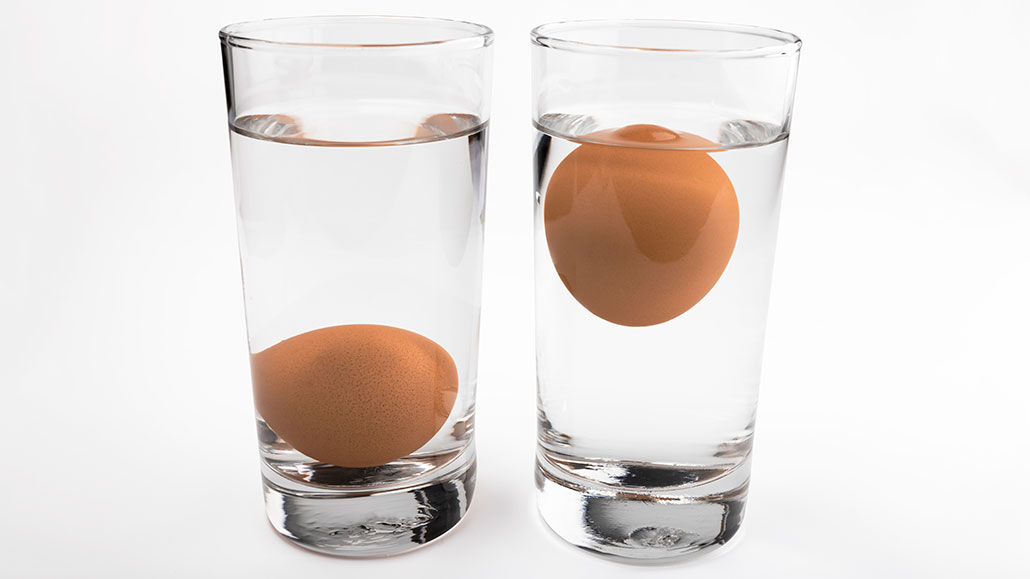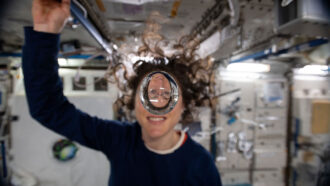
Physics
How salty does the sea have to be for an egg to float?
Some objects float on top of the ocean, and other objects sink to the bottom. Why? Try this eggs-periment to find out!
Come explore with us!

Some objects float on top of the ocean, and other objects sink to the bottom. Why? Try this eggs-periment to find out!

Inertia is the tendency of objects to resist changes in their motion.

Four fundamental forces control all interactions between matter, from the smallest subatomic particles to the largest structures in the universe.

Quantum sensors like this one could monitor magma beneath volcanoes or uncover archaeological artifacts.

Learn why these terms aren’t the same and which to use where. And should you report your results in kilograms? Pounds? If in doubt, try using newtons.

Both cloth masks and surgical masks reduced the distance spit traveled from a person talking or coughing by at least half, compared with no mask.

The force of gravity holds us on the ground, keeps planets in orbit and extends throughout space. A very weak gravitational pull is called microgravity.

Mass shows how much an object resists speeding up or slowing down when force is applied — a measure of how much matter is in it.

On TV, people in space walk around like they’re on Earth. How can science give real astronauts artificial gravity? Spin right round, baby.

A toy called a light mill inspired researchers to invent a new way to fly. They’re using light to levitate small nanotube-coated discs.